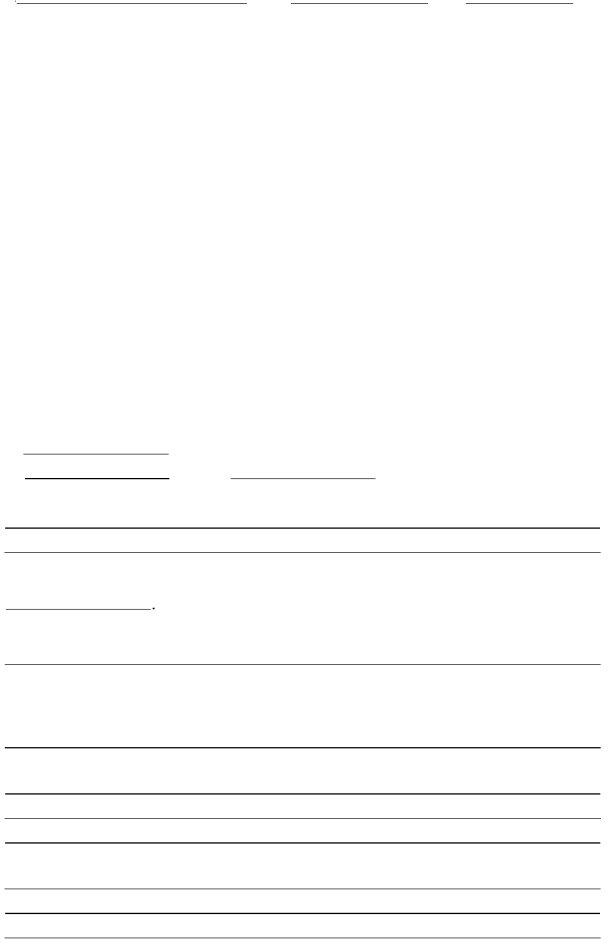At the heart of understanding the diversity of life on Earth lies the study of mollusks, a group characterized by such distinctive features as their developmental stages, the presence of an internal or external shell, and a soft-bodied nature, underpinning their classification within the phylum Mollusca. The exploration of this fascinating group, as outlined in the 27-4 Mollusks form, delves into the quintessential aspects of molluscan biology, including the basic body plan that underscores the physical structure of these organisms—their muscular foot, the protective mantle, the organ-containing visceral mass, and the often present but sometimes absent shell. Moreover, these creatures exhibit a remarkable array of feeding mechanisms, perhaps most famously the radula, a unique tongue-like structure employed by snails and slugs, alongside specialized adaptations such as the siphon, which underscores the evolutionary ingenuity within this group. The form further navigates through the complex life systems of mollusks, from their open circulatory system to their varied reproductive strategies and nerve responses, revealing a spectacular degree of biological sophistication. Critical, too, is the exploration of the three main classes of mollusks—gastropods, bivalves, and cephalopods—each distinguished by unique anatomical and behavioral traits, from the terrestrial snails and aquatic bivalves to the highly intelligent cephalopods. This introspective glimpse into the molluscan world not only showcases the ecological roles these animals play, including their contribution to ecosystems and their importance in monitoring environmental health, but also highlights their evolutionary success in colonizing a wide range of habitats, from the deep sea to terrestrial environments.
| Question | Answer |
|---|---|
| Form Name | 27 4 Mollusks Form |
| Form Length | 3 pages |
| Fillable? | No |
| Fillable fields | 0 |
| Avg. time to fill out | 45 sec |
| Other names | nematocysts, section 27 4 mollusks pages 701 708 answers, saclike, section 27 4 mollusks |

Name |
Class |
Date |
Section
Key Concepts
What are the defining features of mollusks?
What is the basic body plan of mollusks?
What are the characteristics of the three main classes of mollusks?
What Is a Mollusk? (page 701)
1.Mollusks are members of the phylum
2.Circle the letter of each sentence that is true about mollusks.
a.They share similar developmental stages.
b.They usually have an internal or external shell.
c.They are the ancestors of annelids.
d.They are
3.What is a trochophore?
Form and Function in Mollusks (pages
4.What are the four parts of the body plan of most mollusks?
a.c.
b.d.
5.What forms does the muscular mollusk foot take?__________________________________
6.The thin layer of tissue that covers most of the mollusk’s body is called the
7.How is the mollusk shell made? _______________________________________________
8.Snails and slugs feed using a
9.What is a siphon? ___________________________________________________________
10.Why do land snails and slugs typically live only in moist places? ____________________
11.How does an open circulatory system carry blood to all parts of a mollusk’s body?
© Pearson Education, Inc., publishing as Pearson Prentice Hall.
69

Name |
Class |
Date |
12.A large saclike space in the body is called a(an)
13.Ammonia is removed from the blood and released out of the body by
14.Circle the letter of each sentence that is true about mollusk response.
a.Clams have a simple nervous system.
b.Octopi and their relatives have the most highly developed nervous system of all invertebrates.
c.Clams have
d.Vertebrates are more intelligent than octopi.
15.Where does fertilization take place in tentacled mollusks and certain snails?
Groups of Mollusks (pages
16.Complete the table about groups of mollusks.
GROUPS OF MOLLUSKS
Class
Common Name Description of Shell
Examples
Gastropods
Bivalves
Cephalopods
17.Circle the letter of each sentence that is true about bivalves.
a.Mussels use sticky threads to attach themselves to rocks.
b.Some bivalves feed on material deposited in sand or mud.
c.Clams move by flapping their shells rapidly when threatened.
d.Scallops sting predators with recycled cnidarian nematocysts.
© Pearson Education, Inc., publishing as Pearson Prentice Hall.
70

Name |
Class |
Date |
18.How do gastropods move? ____________________________________________________
19.The cephalopod head is attached to a single
20.What is a cephalopod’s foot divided into?
21.What allows squids to locate a wide variety of prey? _______________________________
22.The only
Ecology of Mollusks (page 708)
23.What allows mollusks to inhabit the extreme environment around
vents? ___________________________________________________________________
24.Why can careful checks of bivalves warn public health officials of possible health
problems to come? ________________________________________________________
© Pearson Education, Inc., publishing as Pearson Prentice Hall.
71